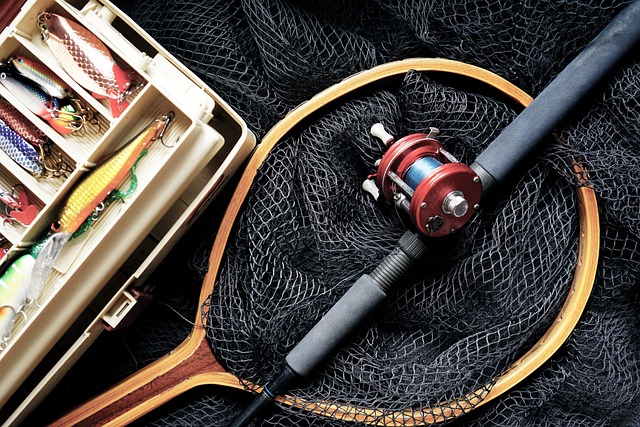
“Mastering the Art of Fishing: Demystifying the Offset Hook”
Mastering the Art of Fishing: Demystifying the Offset Hook
For many anglers, fishing is not just a hobby; it’s a passion that tugs at the heartstrings and calls for adventure on tranquil waters. Whether you’re a seasoned pro or just starting on your angling journey, understanding the tools of the trade can elevate your experience and improve your catch rate. One such vital tool is the offset hook — a quintessential component that can make or break your fishing success.
What is an Offset Hook?
An offset hook is designed with a shank that is bent or offset from the point of the hook, providing a unique structure that enhances its effectiveness. This special design allows for better hook placement during the striking motion, making it ideal for various fishing scenarios.
Why Use an Offset Hook?
The offset hook is particularly loved among anglers for a range of reasons:
- Improved Hook Set: The unique angle enables a more effective penetration when the fish bites, increasing the likelihood of a successful catch.
- Reduced Snags: The design helps the hook glide better through cover — be it vegetation, rocks, or other tackle — reducing the chances of snagging.
- Versatility: Offset hooks can be used with various types of baits, from soft plastics to live bait, making them a versatile choice in any tackle box.
Types of Offset Hooks
While there are various styles of offset hooks available, each serves a distinct purpose. Understanding these types can help you select the right one for your fishing needs:
- Offset Worm Hooks: Perfect for Texas rigging, these hooks are best utilized with soft plastic worms, allowing for a weedless presentation.
- Offset EWG (Extra Wide Gap) Hooks: These are broader, offering more gap between the shank and the hook point, making them suitable for larger baits.
- Drop Shot Hooks: Designed specifically for drop shot fishing, these hooks allow your bait to hover above the bottom, enticing suspended fish.
How to Rig an Offset Hook
Correctly rigging an offset hook is essential for maximizing your fishing effectiveness. Here’s a simple guide:
- Select Your Bait: Choose the appropriate bait based on the species you’re targeting.
- Insert the Point: Start by inserting the point of the hook into the bait. Make sure the hook point is aligned with the bait’s weight and shape.
- Push Through: Push the shank of the hook through the bait until the bend is just beneath the surface, ensuring a snug fit.
- Weedless Option: For a weedless rig, bring the hook point back near the surface of the bait, creating a hideaway for the hook point.
Tips for Using Offset Hooks Effectively
To truly master the offset hook, consider the following tips:
- Experiment: Every body of water is unique, so don’t hesitate to try different hook sizes and bait combinations to see what works best.
- Pay Attention to the Structure: Look for cover areas, such as submerged rocks or fallen trees, where fish may be hiding, and adjust your rig accordingly.
- Practice Your Timing: Developing your sensitivity to bites and timing your hook set can significantly increase your success rate.
As you embark on your fishing adventures, remember that each tackle, bait, and hook is a step towards mastering the captivating art of fishing. By incorporating the offset hook into your tackle box, you’re not just adding a tool; you’re embracing an opportunity to enhance your fishing prowess and create unforgettable memories on the water.

